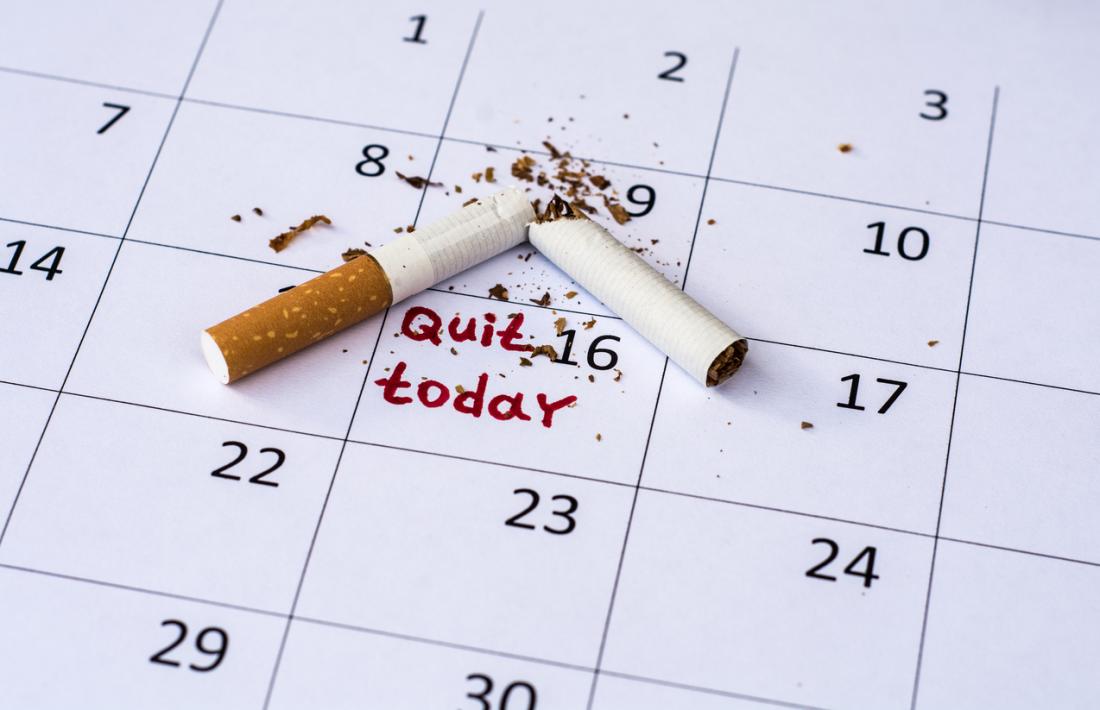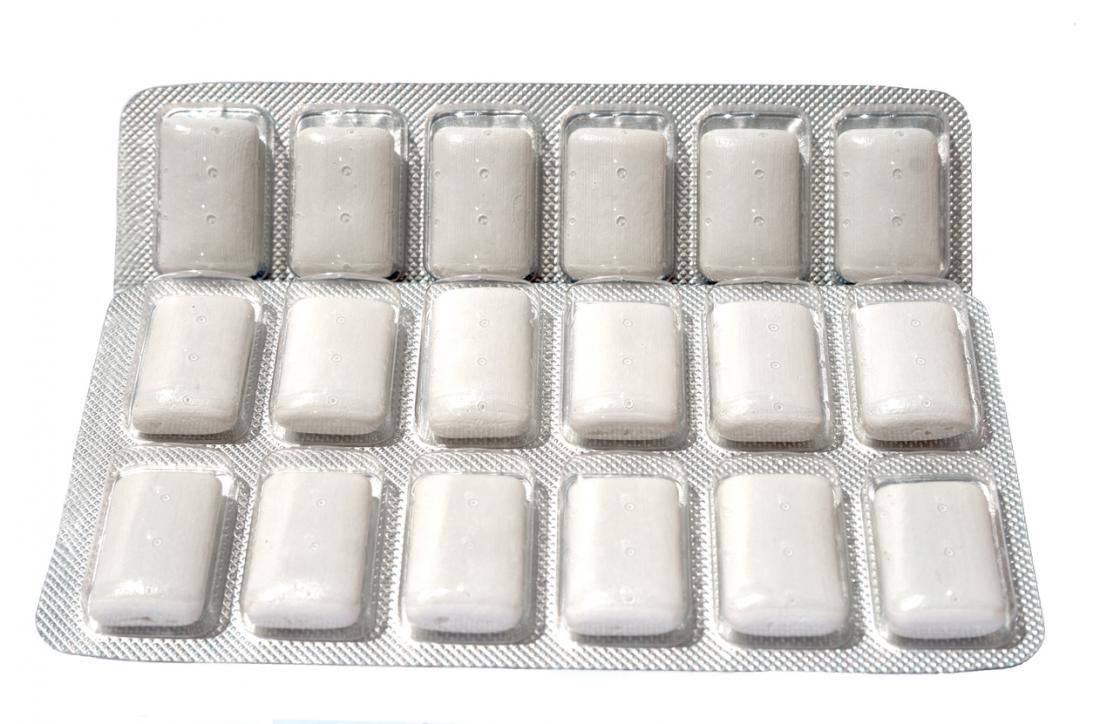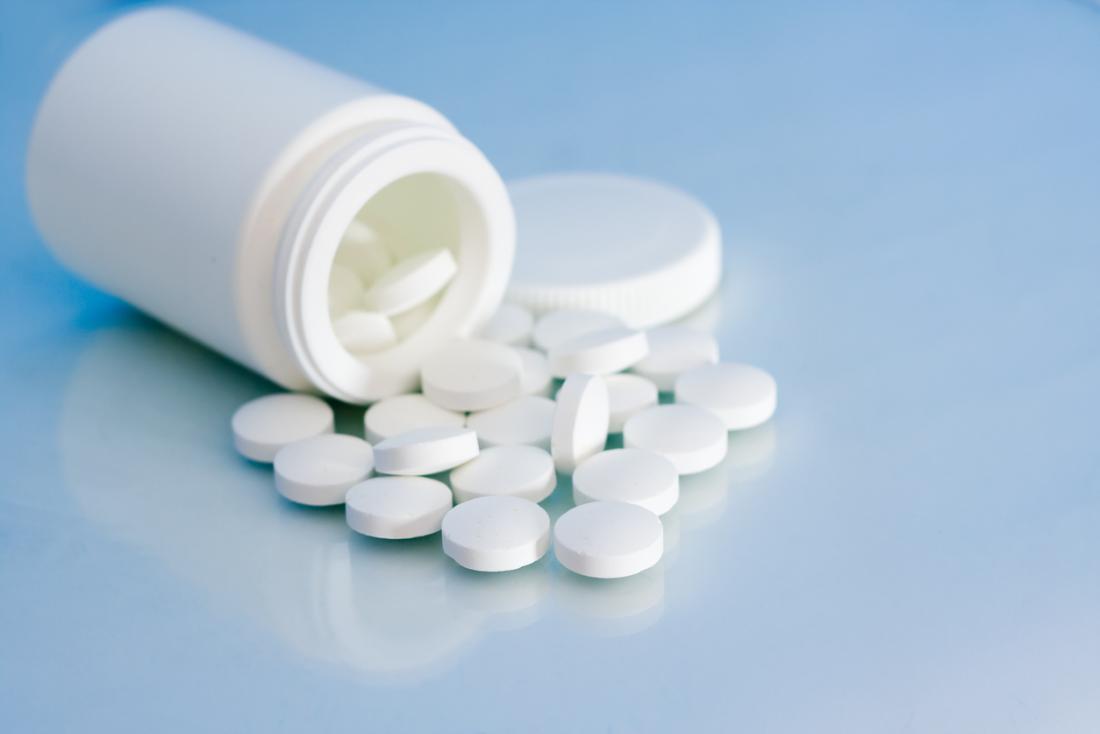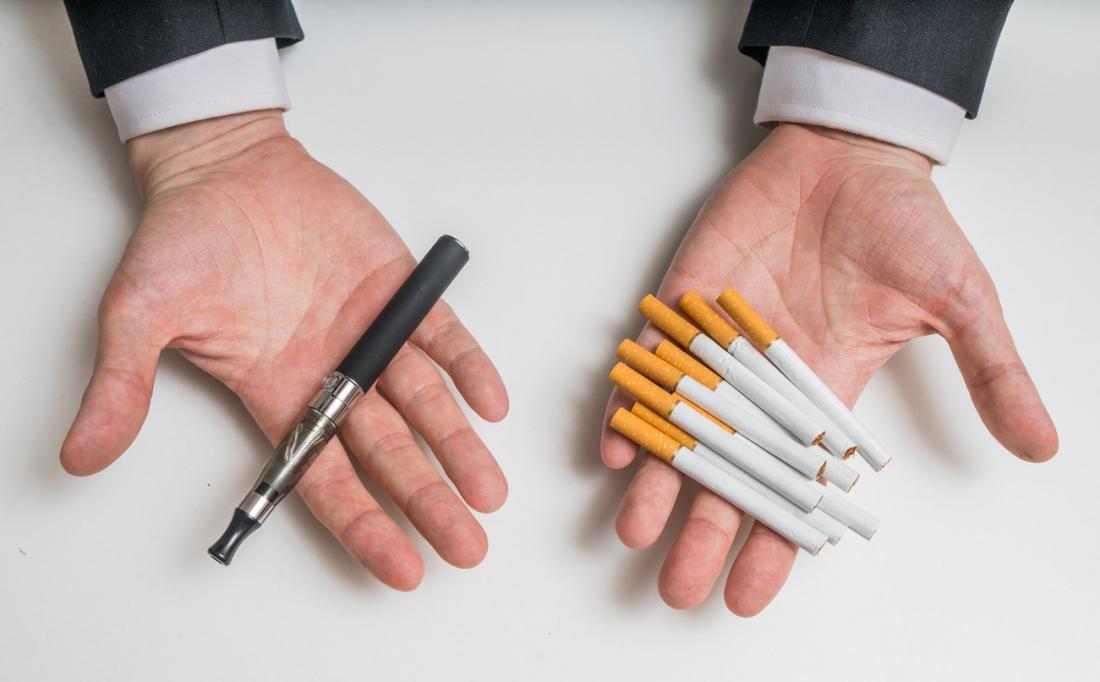What you need to know about a detached retina.
- At first, detachment might only affect a small part of the retina, but, without treatment, the whole retina may peel off, and vision will be lost from that eye.
- A detached retina, or retinal detachment, usually only occurs in one eye. It is a medical emergency.
- People with severe myopia, those with diabetes, patients who have had complicated cataract surgery, and anybody who has received a blow to the eye are all more susceptible to the condition.
Symptoms
![[eye showing retina]](https://cdn-prod.medicalnewstoday.com/content/images/articles/170/170635/diagram-of-eye.jpg) The retina attaches the back of they eye.
The retina attaches the back of they eye.
A person with a detached retina may experience a number of symptoms.
These include:
- Photopsia, or sudden, brief flashes of light outside the central part of their vision, or peripheral vision. The flashes are more likely to occur when the eye moves.
- A significant increase in the number of floaters, the bits of debris in the eye that make us see things floating in front of us, usually like little strings of transparent bubbles or rods that follow our field of vision as our eyes turn. They may see what looks like a ring of hairs or floaters on the peripheral side of the vision.
- A heavy feeling in the eye
- A shadow that starts to appear in the peripheral vision and gradually spreads towards the center of the field of vision
- A sensation that a transparent curtain is coming down over the field of vision
- Straight lines start to appear curved It is not usually painful.
Causes
The retina is the layer of tissue that lines the inside of the eye. It is light sensitive and its function is to send visual signals to the brain, through the optic nerve.
![[eye trauma can cause detached retina]](https://cdn-prod.medicalnewstoday.com/content/images/articles/170/170635/eye-trauma-can-cause-detached-retina.jpg) Eye trauma can cause a detached retina.
Eye trauma can cause a detached retina.
When we see, light goes through the optical system of the eye and hits the retina, like in a nondigital camera.
When the light hits the retina, this produces an image that is translated into neural impulses and sent to the brain through the optic nerve.
In other words, an image focuses on the retina, nerve cells process the information, and they send it by electrical impulses through the optic nerve to the brain.
If the retina is damaged, this can affect a person's ability to see.
Retinal detachment happens when this layer is pulled from its normal position. Sometimes, there are small tears in the retina. These, too, can cause the retina to become detached.
There are three types of detached retina:
Rhegmatogenous retinal detachment is a break, tear, or hole in the retina. This hole allows liquid to pass from the vitreous space into the subretinal space between the sensory retina and the retinal pigment epithelium. The pigment epithelium is the pigmented cell layer just outside the neurosensory retina.
Secondary retinal detachment is also known as exudative retinal detachment or serous retinal detachment. It happens when inflamation, vascular abnormalities, or injury cause fluid to build up under the retina. There is no hole, break, or tear.
Tractional retinal detachment is when an injury, inflammation, or neovascularization causes the fibrovascular tissue to pull the sensory retina from the retinal pigment epithelium.
Surgery
Surgery will be necessary to find all the retinal breaks and seal them and to relieve present and future vitreoretinal traction, or pulling. Without surgery, there is a high risk of total vision loss.
Options for surgery include:
![[eye test for retinal detachment]](https://cdn-prod.medicalnewstoday.com/content/images/articles/170/170635/eye-test-for-retinal-detachment.jpg) If eye tests show that retinal detachment, treatment options will be considered.
If eye tests show that retinal detachment, treatment options will be considered.
A person who has a gas bubble placed in the eye may be advised to hold the head in a particular way for some time, and they will not be allowed to fly. If an oil bubble is used, flying is allowed.
Researchers have been looking into the use of silicon oil to treat proliferative vitreoretinopathy (PVR), a complication of retinal detachment surgery that can lead to further detachment of the retina.
The National Eye Institute estimate that around 90% of treatments for retinal detachment are successful, although some people will need further treatment.
Sometimes, it is not possible to reattach the retina, and the person's vision will continue to deteriorate.
The patient's vision should return a few weeks after treatment. If the macula is involved in the detachment, the person's sight may never be as clear as it was before. The macula is the part of the eye that enables us to see what is straight in front of us.
The cost of surgery for retinal detachment depends on the type of procedure. Research published in 2014 suggests that "treatment and prevention of RD are extremely cost effective compared with other treatment of other retinal disease, regardless of treatment modality."
The study, published in the journal Ophthalomology, balanced the cost of treatment against the benefits of good eyesight and quality of life.
There is a small risk of complications after surgery. These include allergies to medications, bleeding in the eye, double risk, cataracts, gluacoma, and eye infection.
Attending regular eyesight tests can help to reduce the risk of retinal detachment, as eye conditions such as this can sometimes be detected in the early stages.
Treatment
Treatment options for a detached retina are all kinds of surgery, as described above.
Diagnosis
If a doctor suspects retinal detachment, they will normally refer the patient to an eye specialist, or ophthalmologist, for a precise diagnosis.
The ophthalmologist will examine they eye after dilating, or widening, the pupils with eye drops. An ultrasound may give more detail
Risk factors
Factors that may increase the risk of developing retinal detachment include:
genetics, for example, if a close family relative has had retinal detachment
middle and older age
extreme nearsightedness
previous cataract surgery, especially if it was complicated
previous retinal detachment
eye conditions, such as uvities, degenerative myopia, lattice degeneration, and retinoschisis
trauma, for example, a blow to the eye
diabetes, especially if the diabetes is poorly controlled
Anyone with these risk factors should be aware of the possibility of a detached retina.








